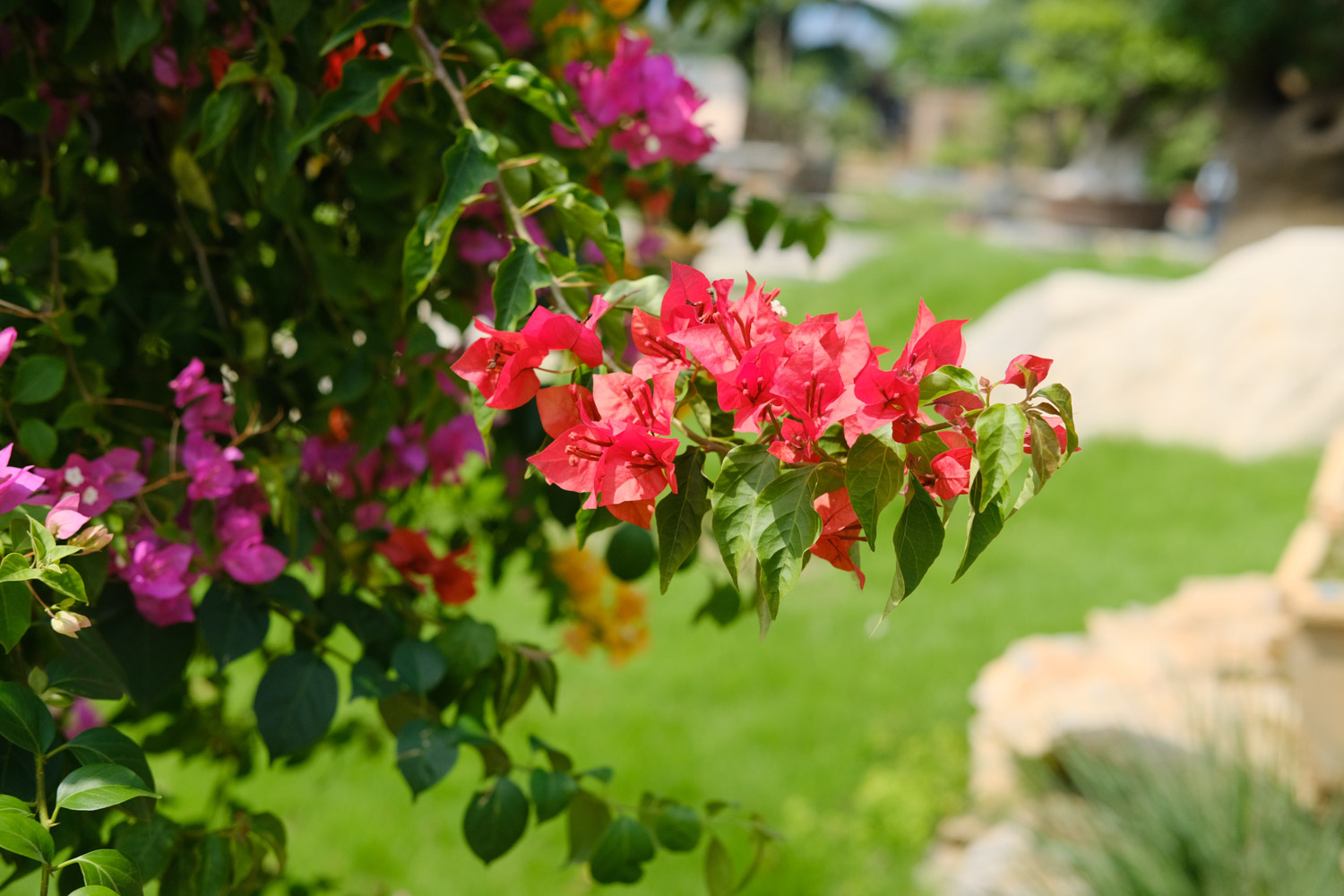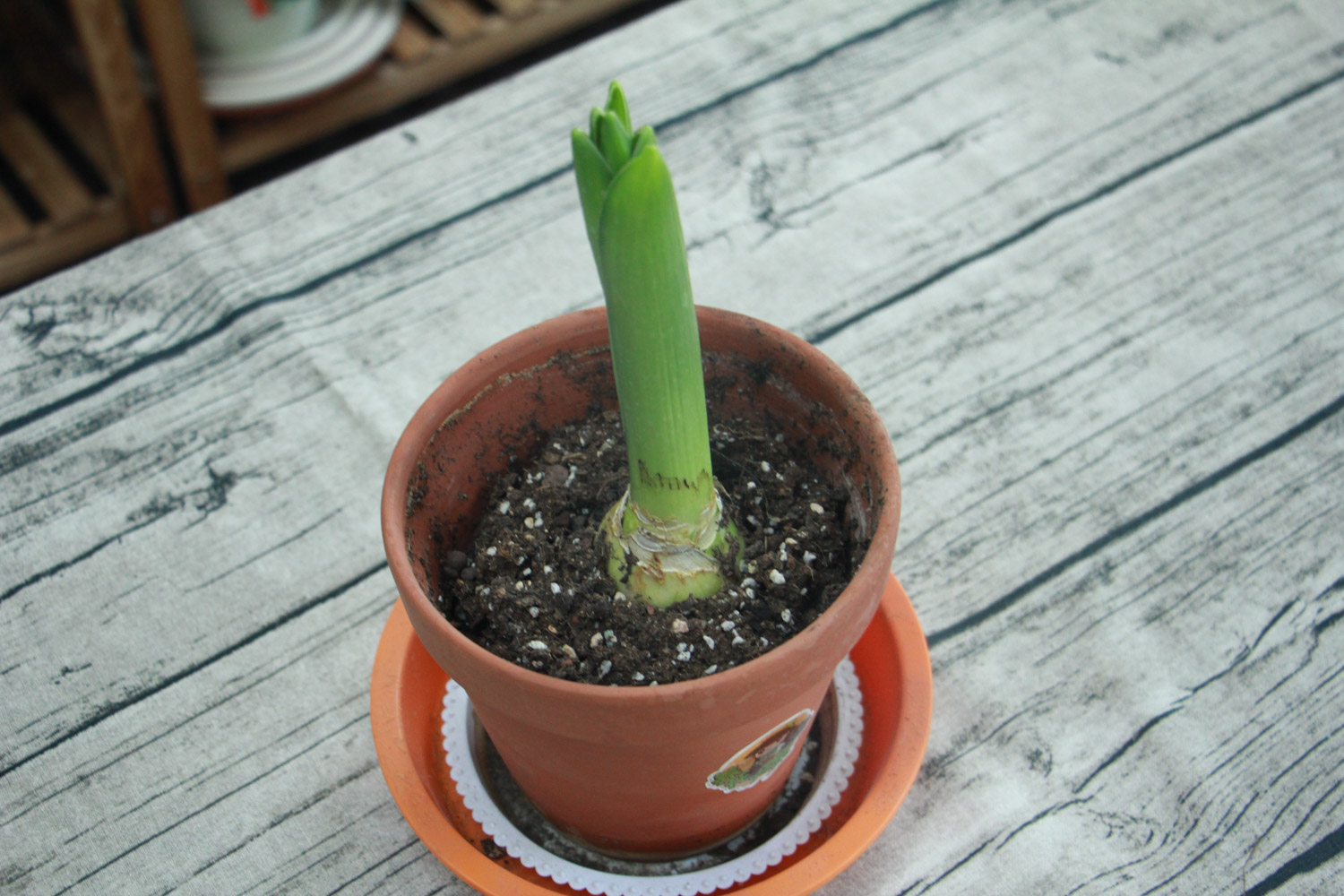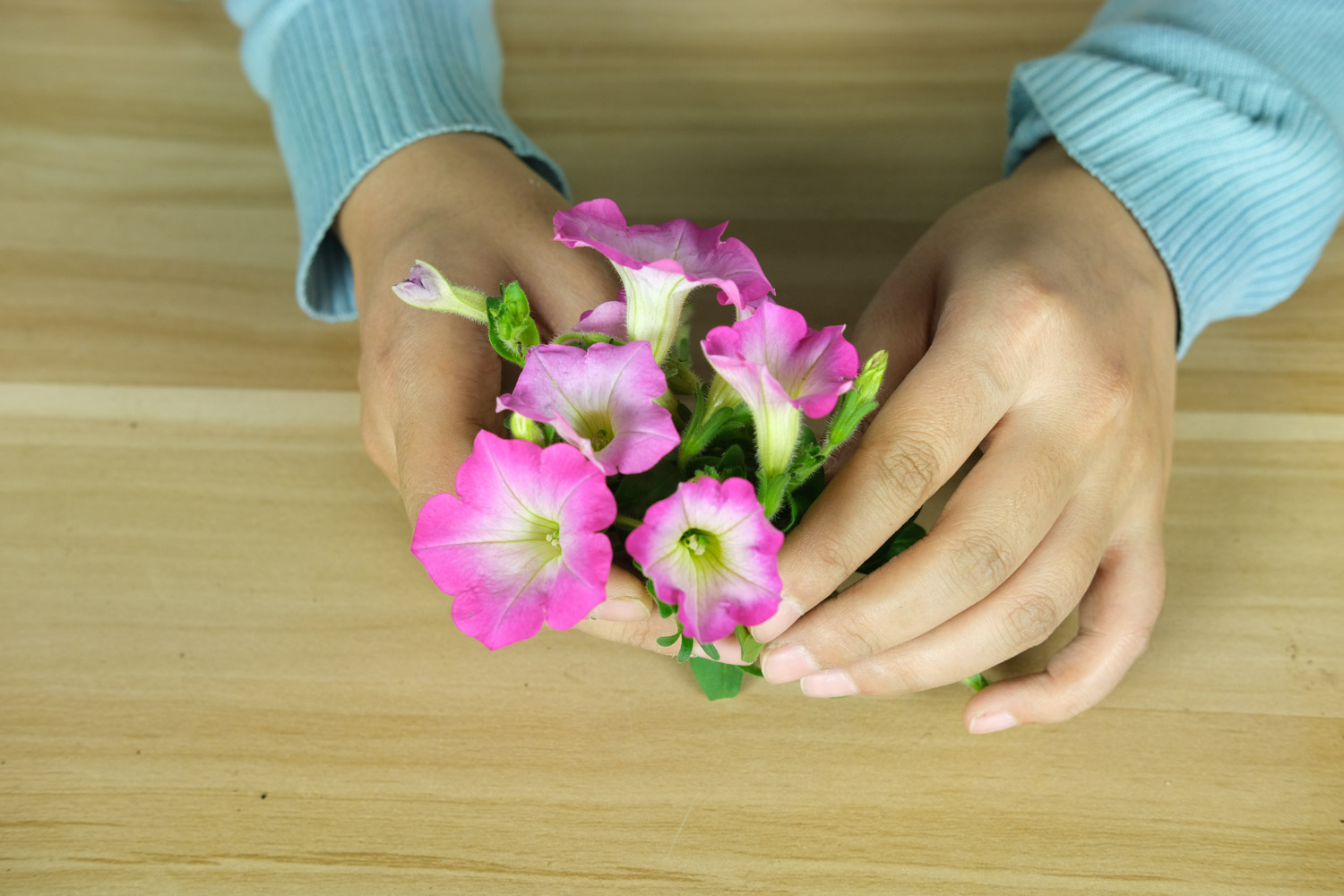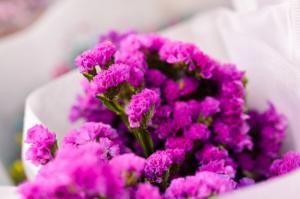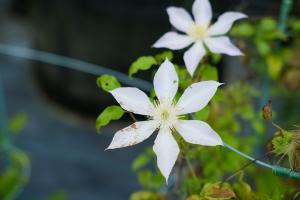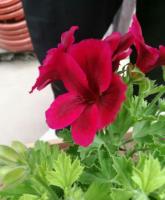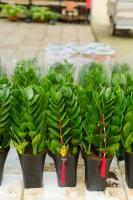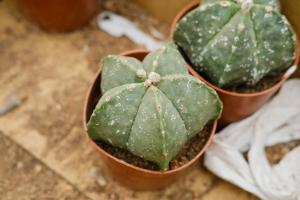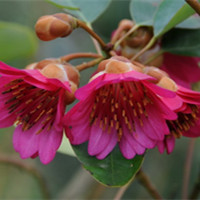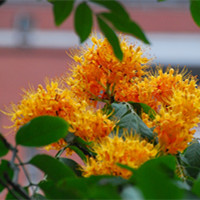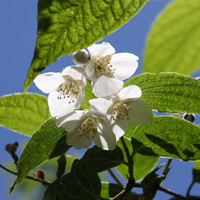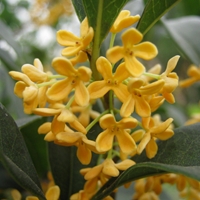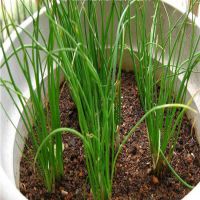Morphological characteristics of chives
The plant clumps are upright, generally 45-55cm high, 12cm * 15cm in development, medium tillering, vigorous growth, tubular leaves are about 40cm long, 0.6-0.8cm in transverse diameter, green, scallion white, 8-10cm long and 0.7-0.9cm in transverse diameter, bulbs do not expand, scallion white and slightly thick near the ground, and fibrous roots are white
Growth habits of chives
Shallot has strong tillering ability, short growth period, high multiple cropping index and strong adaptability, so it is easy to cultivate. Chive, native to Germany, is a 2-year-old or perennial perennial plant of Liliaceae
Early maturing, generally harvested 50-80 days after transplantation or direct seeding, cold resistant, heat resistant, drought resistant but not waterlogging resistant
Family maintenance skills of chives
Environmental requirements
Chives have strong cold resistance and heat resistance, and can be planted in four seasons. The optimum growth temperature is 18 ℃ - 23 ℃. It has shallow root distribution, low water demand and is not resistant to drought. It is suitable for planting in sandy soil
The light intensity is required to be medium, and it is easy to aging and poor quality under strong light conditions. The quality of water source, soil and atmosphere shall meet the requirements of pollution-free producing areas
Breeding mode
Sowing: sowing can be carried out in spring, summer, autumn and winter, and the soil is fertile and loose
Branching: when branching, pay attention to bury the whole onion in the soil and gently cover it with a layer of fine soil


